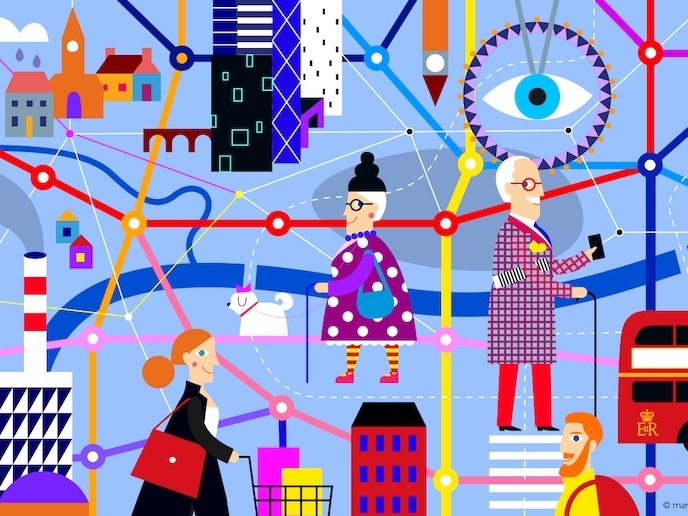Reinventing the entire fashion experience through new XR technologies
Digital technology attains an increasingly significant role in the fashion industry, transforming the sector from the ground up. Aiming at modernising the way people create, consume and experience fashion, the EU-funded eTryOn(opens in new window) project introduces novel human-fashion-interaction applications using extended reality(opens in new window) (XR) technologies.
An environmentally beneficial shift in production trends and consumption habits
eTryOn is addressed to companies related to the fashion and retail industry, fashion professionals and consumers. The VR Designer app allows designers to create and test their garments more efficiently and cost-effectively. Through a virtual fitting room, they can inspect their digital garments’ fitting and behaviour during different movements on 3D avatars. Changes can be made before the manufacturing stage, so the need for physical prototypes is eliminated. Fashion lovers can use eTryOn’s DressMeUp app allowing them to join a new era of digital fashion in the metaverse. The app lets users try on digital garments using photos of themselves in various poses, with the results being so realistic that are indistinguishable from a real photo. A more sustainable model is thus followed by avoiding the need of purchasing new clothes for one-time events. And eTryOn’s Magic Mirror app provides innovative solutions for online shopping, allowing users to observe in real time how a particular garment fits their body before making a purchase. This helps brands to reduce returns and increase their conversion rates.
Gamified shopping
eTryOn brings together two significant industries: Fashion and gaming, whose integration facilitates both the visual and performance capabilities of game engines and the accuracy of design software to be utilised together. “The innovations introduced by eTryOn are expected to be among the ones that will pave the way for potentially ground-breaking approaches, such as AI clothes recommendations and digital fashion,” notes research associate Machi Boikou. “Garments of different sizes, especially loose ones, drape very differently on various body shapes,” explains integration technologist Anastasios Papazoglou Chalikias. To address this problem, the team carried out proof-of-concept development of new machine learning (ML) algorithms based on deep neural networks (DNN) for fit prediction and visualisation, considering changes caused by a change in the body pose. Moreover, during the visualisation phase, a glitch occurred regarding the erroneous blending of the neckline area with the digital garment. The team used a Dlib(opens in new window) face landmark detector and adopted a multi-pass rendering technique to blend the background with the subject’s body, the 3D garment, and the face of the user, thus successfully resolving the issue.
Experiential technology is the future of fashion
“The innovations in the fashion industry are quite fast-paced,” points out project coordinator Spiros Nikolopoulos. “Body-scanning solutions using smartphone cameras, and garment size recommendations technologies have already been introduced by major brands worldwide, while Snapchat recently started using ML to improve its e-commerce features.” eTryOn has already launched some AR(opens in new window) filters on Snapchat, further assisting consumers to digitally try on new clothes through their smartphones and at the same time informing companies of customer preferences to adjust their production accordingly. “The fashion industry is a promising field for new technologies, and some of the future applications of XR technologies will enjoy mainstream adoption in this field,” notes Nikolopoulos. “All these technologies are expected to be widely available to the public in the next few years.”







